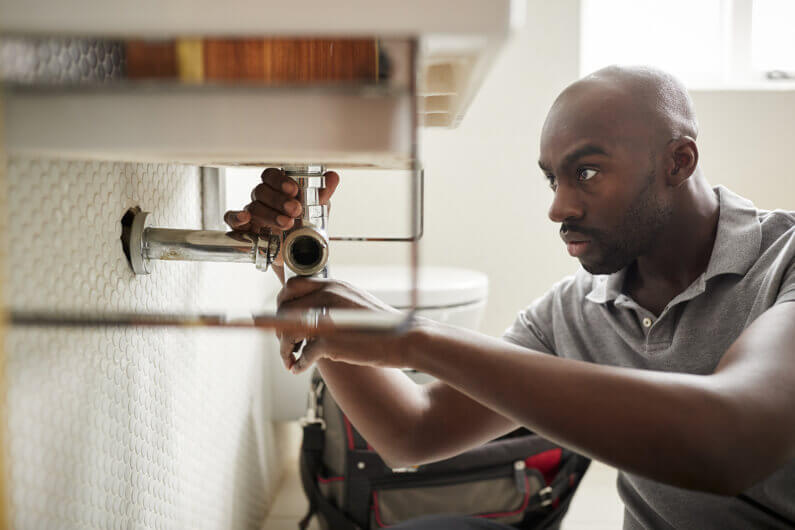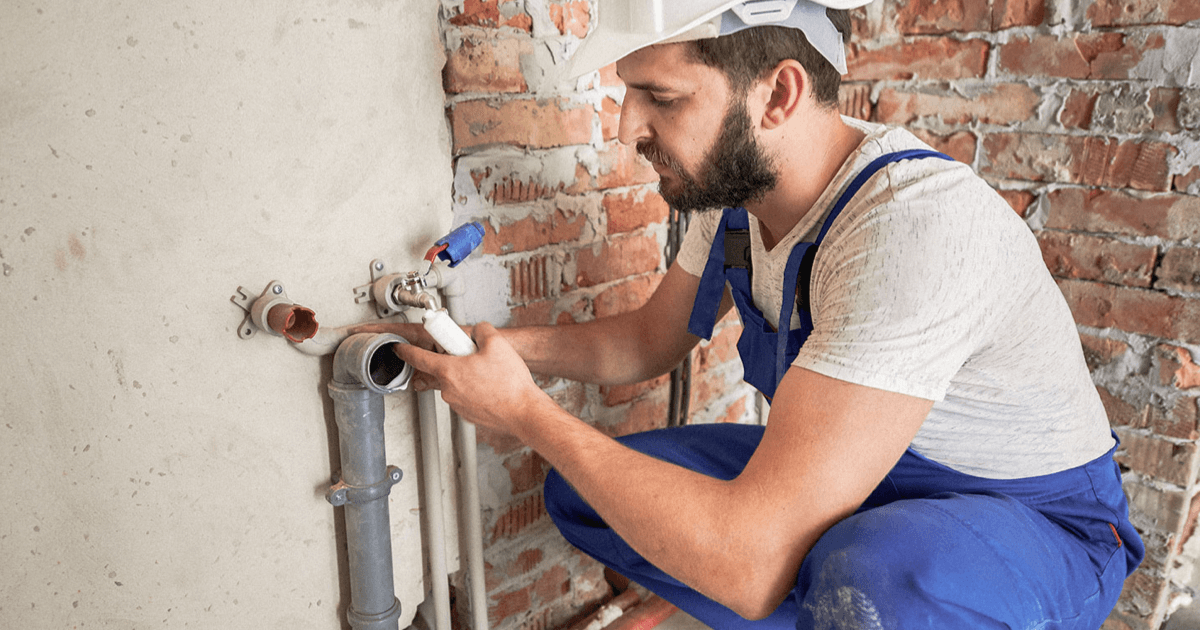Specialist Drain Cleaning Alabaster AL to Maintain Your Pipeline Flowing
A Step-by-Step Overview to Effective Hot Water Heater Setup for Optimal Efficiency
Beginning on the job of installing a water heating system is a venture that demands accuracy and a systematic method for attaining optimal performance. As you continue, the intricacies of linking water supply lines and establishing up dependable electric or gas links wait for, promising understandings right into ensuring effectiveness and integrity.
Choosing the Right Water Heating Unit

Next, think about the size and capacity of the hot water heater. It's essential to assess your home's warm water demands, which can differ based upon the number of passengers and their use patterns. A device that's also small may result in inadequate warm water, while an oversized model might result in unnecessary energy usage.
Performance ratings also play an essential function in choice. Try to find hot water heater with high Power Variable (EF) scores, suggesting remarkable efficiency and minimized energy use. Tankless versions, though usually a lot more costly in advance, offer substantial energy savings in time because of their on-demand heating capabilities.
Preparing the Installation Location
Before mounting a new water heating system, precise prep work of the setup area is important. It's critical to determine the room thoroughly to suit the water heating unit's measurements, guaranteeing sufficient clearance around the device for efficient operation and maintenance.
Next, eliminate any kind of debris, dust, or obstructions from the website to develop a tidy atmosphere. Check the floor for stability, as the water heating unit will certainly require a strong, degree surface area to operate successfully. If essential, install a drip pan below the system to catch prospective leaks or spills, protecting against water damage to the surrounding area. In regions prone to seismic activity, consider setting up seismic straps to protect the heating system strongly in area.
Additionally, ensure that all required tools and materials get on hand prior to starting the installment. This consists of things such as wrenches, screwdrivers, a degree, and any type of extra hardware needed for securing the heating system and placing. A well-prepared setup area sets the structure for a successful hot water heater arrangement, enhancing performance and safety and security.
Connecting Water Lines
When attaching supply of water lines to your newly mounted hot water heater, it is critical to make certain that all connections are leak-free and protected to maintain effective operation and avoid water damage. Begin by identifying the warm and chilly water supply lines. The chilly water inlet is usually marked with a blue label or a "C", while the warm water outlet is noted with a red label or an "H".
Usage versatile hot water heater ports to promote a less complicated setup procedure. These connectors can soak up vibration and permit for slight motion, decreasing the risk of leaks. Prior to attaching the ports, place a plumbing professional's tape around the threaded ends of the water heating unit's inlet and electrical outlet pipelines - Drain Cleaning Alabaster AL. This tape acts as a sealant, protecting against leaks. Very carefully attach the flexible pipes to the particular inlet and outlet, guaranteeing that they are limited yet not over-tightened, which might harm the threads.
When connections remain in location, slowly transform on the major water valve. Inspect each connection for leaks by visually inspecting and feeling for moisture. Tighten connections as required, and guarantee the pressure relief valve is correctly set up, securing versus extreme pressure build-up.
Establishing Electrical or Gas Connections
Effectively establishing the electrical or gas connections for your hot water heater is an essential step to ensure effective and secure procedure. For electric hot water heater, begin by validating that the electric circuit is suitable with the heating unit's voltage and amperage needs. Ensure the power supply is transformed off at the breaker to stop mishaps. Connect the electric cords to the heating unit following the supplier's wiring representation. Usually, this involves linking the ground cord to the eco-friendly terminal, and the staying cords to their matching terminals, securing each with wire nuts.
For gas water heaters, security is extremely important. Attach the gas line to the water heater utilizing an adaptable gas connector, ensuring it is appropriately threaded and secured with pipe joint substance or Teflon tape suitable for gas connections.
When links are made, inspect for any prospective leakages. For my link gas lines, use a soapy water solution to the joints; bubbles suggest a leakage. For electrical connections, verify that all circuitry is secure and correctly protected, preserving conformity with local electrical codes.
Readjusting and examining for Performance
With the electrical and gas connections securely in position, the next step is assessing the operational effectiveness of your water heating unit. Begin by meticulously transforming on the water supply and making certain there are no leaks at any one of the shutoffs or joints. As soon as validated, continue to fill up the storage tank, focusing on the pressure and temperature level settings. It is recommended to set the thermostat to a recommended temperature of around 120 ° F(49 ° C) to stabilize power effectiveness and comfort.
Following, do a detailed examination to make sure the burner or gas heaters are working correctly. For electrical heating units, utilize a multimeter to validate if the aspects are drawing the ideal present. In gas models, observe the heater flame; it should be stable and blue, indicating reliable combustion.
Adjust the setups as necessary to remove ineffectiveness. Consider carrying out insulation measures, such as adding a hot water heater blanket, to better enhance efficiency by minimizing warm loss. see here now Additionally, inspect the anode pole's condition, as a deteriorated pole can reduce effectiveness and lead to storage tank deterioration.
Conclusion
Effective water heating unit installment is critical for ensuring ideal efficiency and power savings. Securely connecting water supply lines and carefully setting up electrical or gas connections minimize potential problems.

Correctly setting up the electrical or gas links for your water heating system is a vital step to make sure secure and reliable procedure. For electrical water heaters, start by verifying that the electrical circuit is suitable with the heater's voltage and amperage requirements. Connect the gas line to the water heater using a flexible gas connector, ensuring it is properly threaded and sealed with pipeline joint substance or Teflon tape appropriate for gas links.